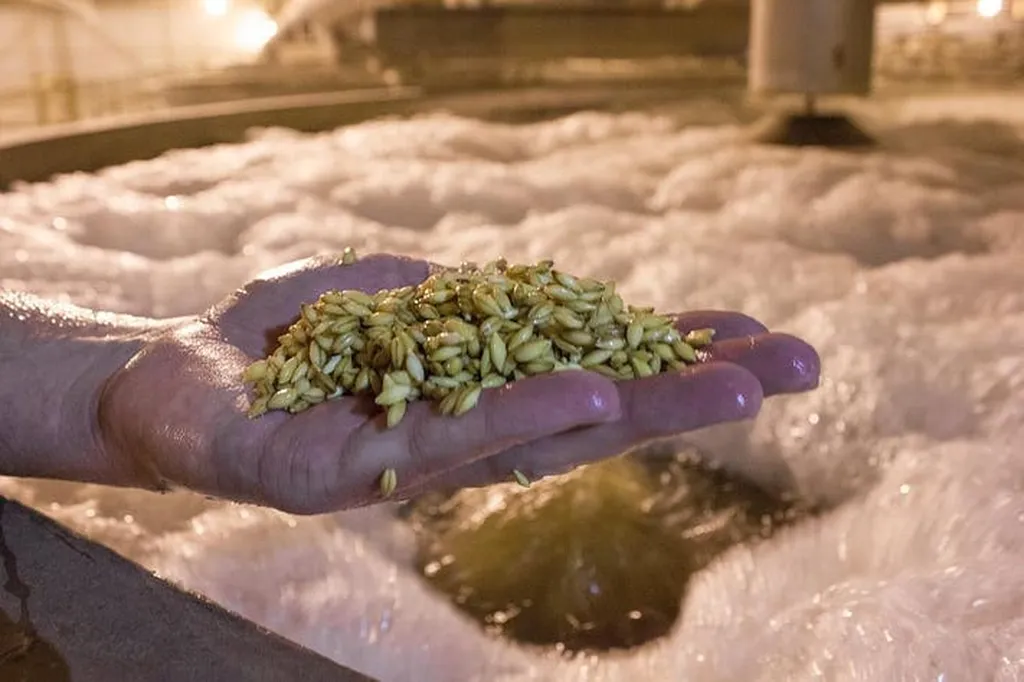In the heart of Russia, a groundbreaking technique is set to revolutionize the way we assess seed purity, with implications that could ripple through the entire agricultural industry. G.V. Nesterov, a researcher from the Scientific and Technological Centre of Unique Instrumentation of the Russian Academy of Sciences and PREDURALIE Ltd., has developed a novel method that uses spectral imaging and neural networks to analyze and group seeds based on their spectral and morphological characteristics.
The technique, published in the journal ‘Компьютерная оптика’ (translated to English as ‘Computer Optics’), is a significant leap forward in the field of agricultural technology. It enables the analysis of a heap of seeds, optimizing the main stages of forming a training sample of a neural network model, and recording and processing data. “This method is distinguished by its ability to analyze a heap of seeds and the ease of replenishing the database of distinguished crops and impurities,” Nesterov explains.
The neural network model proposed by Nesterov is based on sequentially running LSTM (Long Short-Term Memory) layers and fully connected layers of neurons. This architecture allows for high classification accuracy, even for grains with very similar spectral and morphological characteristics. In tests conducted on wheat and barley seeds, the method demonstrated an impressive classification accuracy of over 99%.
The implications of this research are vast. The proposed approach increases the accuracy, productivity, and objectivity of assessing the purity of seed material. It does not require the involvement of experienced personnel, which could significantly reduce labor costs and increase efficiency in the agricultural sector. As Nesterov puts it, “This method may be expected to facilitate the introduction of video spectrometers when addressing research and production problems of the agro-industrial complex.”
The technique’s ability to easily update the database of distinguished crops and impurities is particularly noteworthy. This feature could make the method adaptable to various crops and regions, further enhancing its utility and commercial potential.
The research also opens up new avenues for the application of machine learning and digital image processing in agriculture. The use of LSTM neural networks in this context is a novel approach that could inspire further innovations in the field.
In conclusion, Nesterov’s research represents a significant advancement in the field of agricultural technology. Its potential to increase efficiency, reduce costs, and improve accuracy in seed purity assessment makes it a promising development with far-reaching implications for the agricultural industry. As the world grapples with the challenges of feeding a growing population, innovations like this one are not just welcome, but essential.

